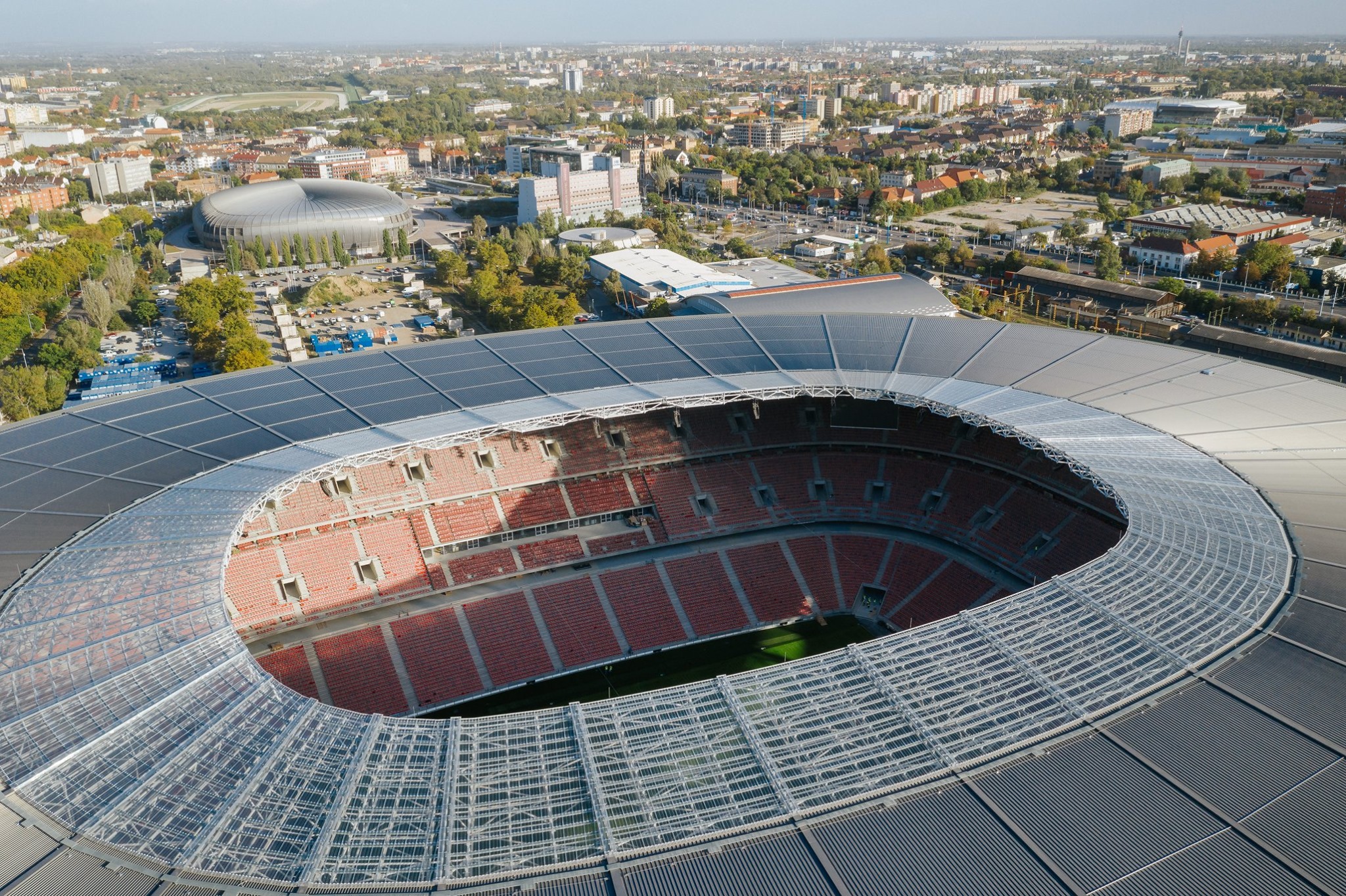
Budapest, Puskás Arena Here is everything you need to know! Daily News Hungary
Puskás Aréna (Budapest, Hungary) The Puskás Aréna is the new home of Hungarian football, opened on the 15th November 2019 with a international match between Hungary and Uruguay. Built on the site of the former Ferenc Puskás Stadium, both grounds were named after the legendary player who is considered one of the greatest of all time.

Check out the newly finished Hungarian football stadium PHOTOS Daily News Hungary
The plans meant that the old Ferenc Puskas Stadion would have to get demolished. It took two more years for works to finally start, but by early 2017 the entire old stadium had been demolished. The Puskas Arena officially opened on 15 November 2019 with a friendly match between Hungary and Uruguay (1-2). It came at a cost of 415 mln euro.
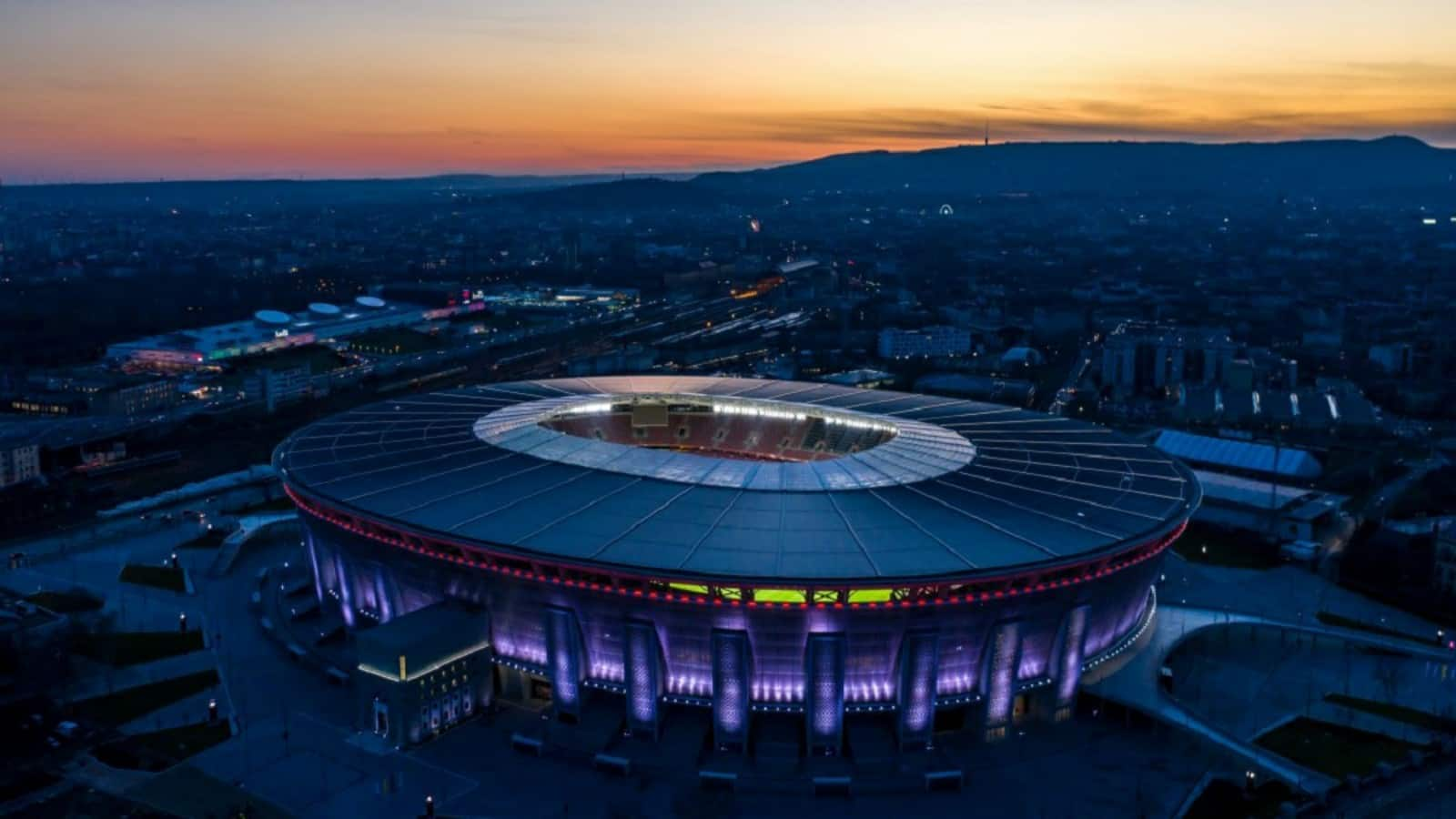
EURO 2020 Venues All you need to know about Puskas Arena, Budapest FirstSportz
In April of 2019 it was announced that Hungary Budapest Exiles RFC would call the stadium their home for the 2019-2020 season. It is designed to be a multi-purpose venue, adding the ability to hold conferences and concerts to the footballing nature of the venue.
Puskas Arena / Puskás Aréna 2019. március YouTube / Puskás aréna is a football stadium in
Puskás Aréna is a football stadium in the 14th district (Zugló) of Budapest, Hungary. The stadium's construction started in 2017 and was finished before the end of 2019. It is an all-seater with a capacity of 67,215. The Hungarian Football Federation meets all UEFA and FIFA stadium requirements, and was awarded 4-stars by the UEFA.
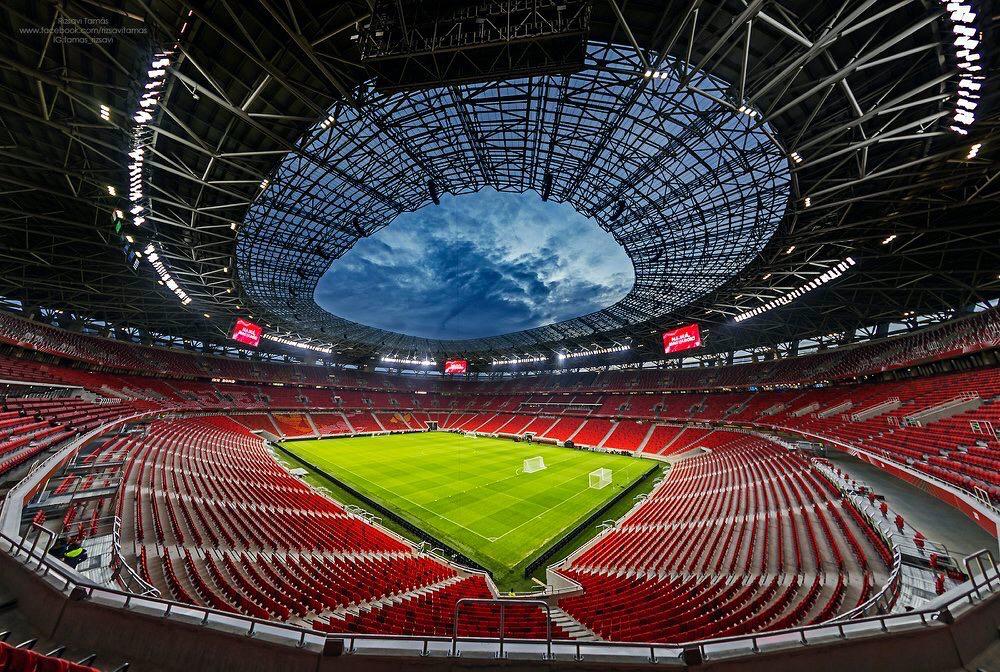
TapHome Ferenc Puskas stadium, Budapest, Hungary
Budapest Honvéd. Bozsik Aréna is a multi-purpose stadium in Budapest, Hungary. [1] The stadium opened on 24 July 2021 and it was renamed after the Budapest Honvéd FC and Hungary footballer József Bozsik (1925-1978). It is used for football matches and it is the home stadium of Nemzeti Bajnokság II club Budapest Honvéd FC .

Hungarian Stadiums on Behance
Hungary made bids to stage football's Euros in 2004, 2008 and 2012, all in vain. Confirmation of Budapest co-hosting the event in 2020 - since moved to 2021 - came in 2014, giving a green light to a rebuild.
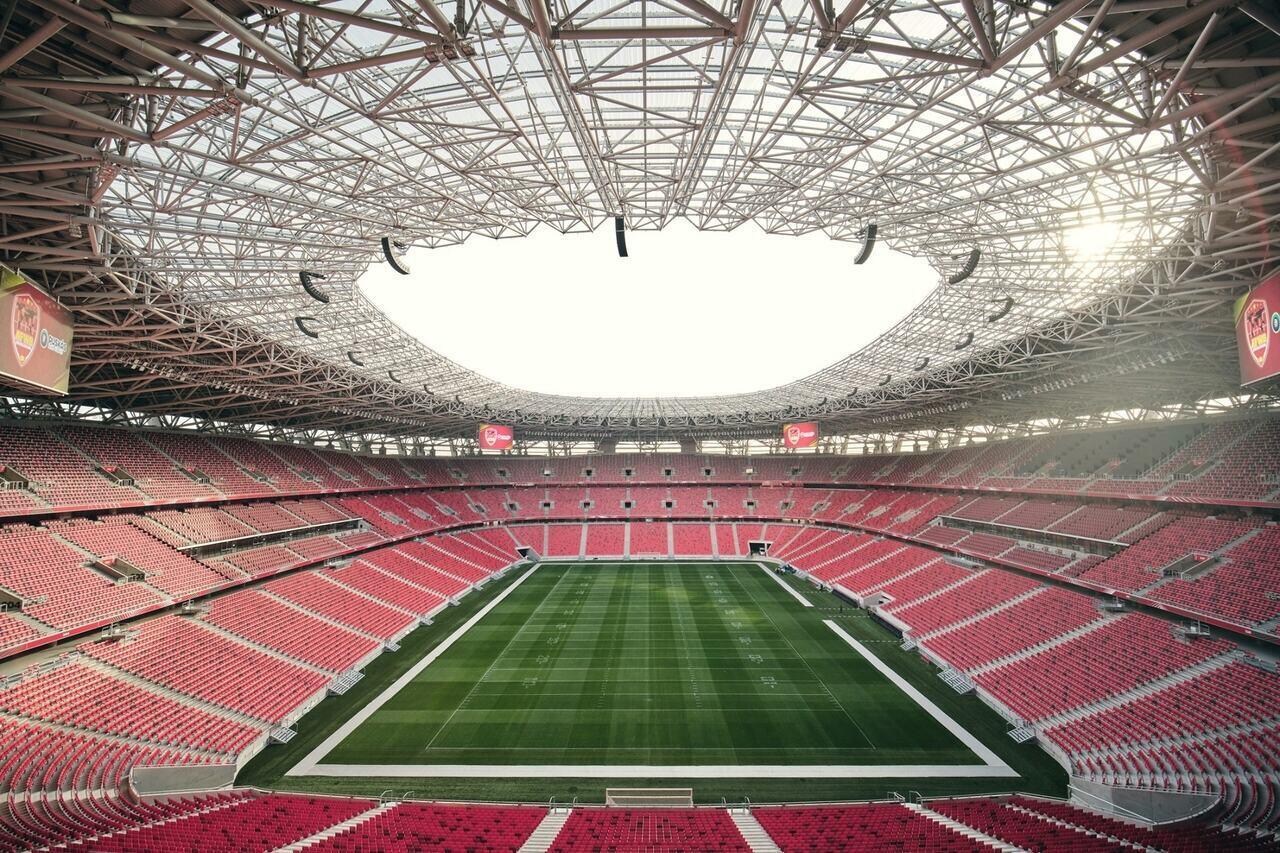
UEFA president Super Cup final in Budapest 'pilot test' for bringing back fans to stadiums
The Ferenc Puskás Stadium (Hungarian: Puskás Ferenc Stadion), or formerly People's Stadium (Népstadion) was a multi-purpose stadium in the 14th district (Zugló) of Budapest, Hungary.It was situated between the Puskás Ferenc Stadion and the Keleti pályaudvar metro stations. It was used mainly for football matches. The stadium, which was an all-seater, in the 2000s had a safe capacity of.
From Portman Road to the San Siro Budapest Football Stadiums
Puskás Aréna is a football stadium. The stadium's construction started in 2017 and was finished before the end of 2019. It is an all-seater with a capacity of 67,215. The stadium is built in the place of the former Ferenc Puskás Stadium whose demolition was completed in October 2016. Both stadiums were named in honour of the former national.
From Portman Road to the San Siro Budapest Football Stadiums
Ferencváros Stadion, also known as the Groupama Aréna for sponsorship purposes, is a multi-purpose stadium Ferencváros Budapest, Hungary and the home of Ferencvárosi TC [1] [2] With a capacity of 22,000, it was for a time the largest stadium in Hungary (between the demolition of the larger Ferenc Puskás Stadium in 2017 and the opening of.
From Portman Road to the San Siro Budapest Football Stadiums
The ultimate resource for football fans looking to explore stadiums around the world! Plan your next football trip, read reviews and get helpful tips.. Football in Budapest. Football stadiums in Budapest. 3.7. Budapest Hungary. Szusza Ferenc Stadion. Mark as visited. Capacity: 13,501 . Home to Újpest, Vasas. 2 Groundhop visits. 3.6.
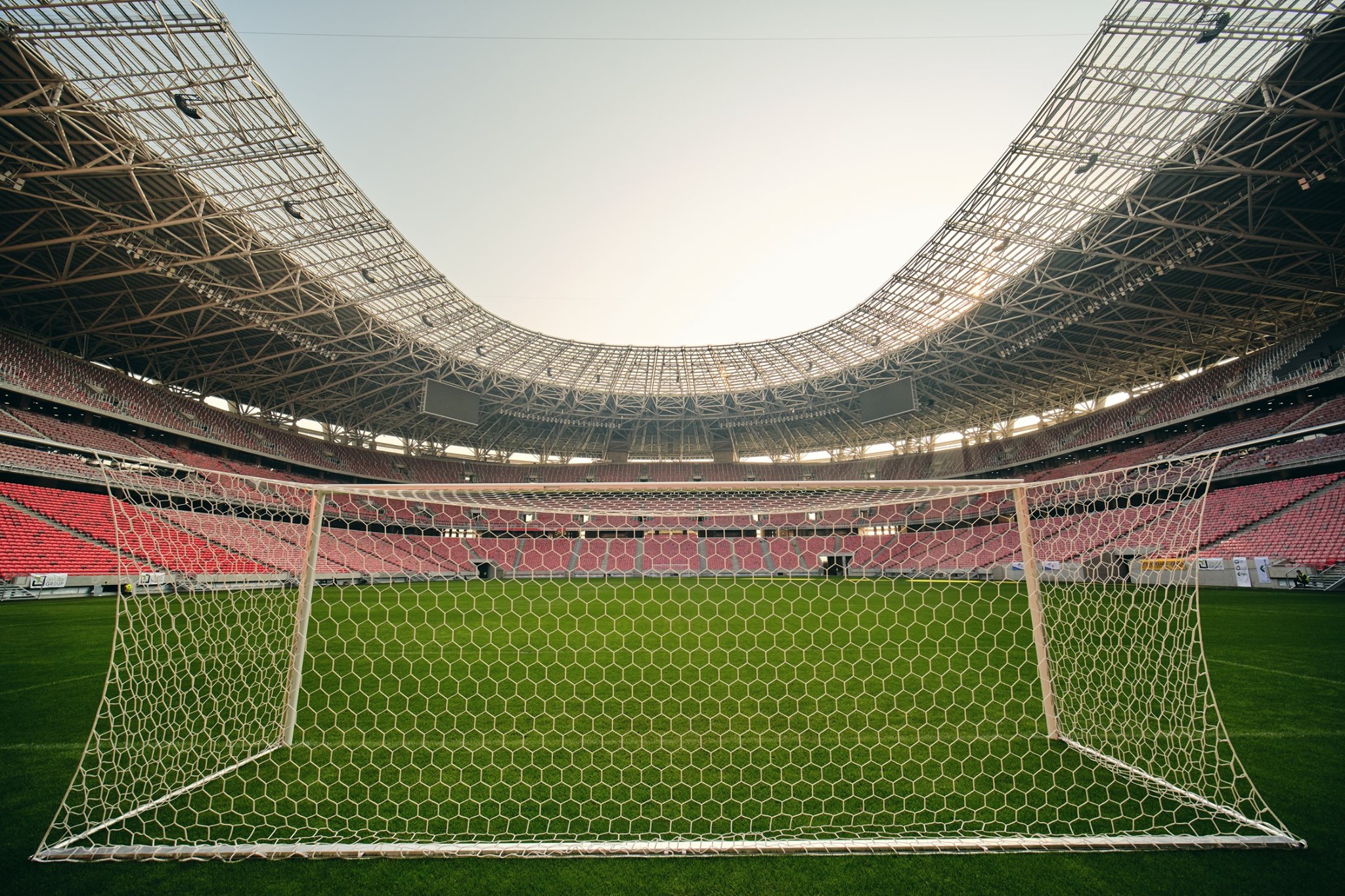
Congratulations! Budapest's Puskás Aréna became the Stadium Of The Year 2019! Daily News Hungary
Budapest Grounds Budapest sports grounds and stadia, grouped by division. Includes maps for Budapest stadia. Training Grounds Training grounds and alternative (eg. B team or academy team) grounds. Other / disused grounds Former football grounds now user for different purposes (eg. athletics) or disused. Demolished grounds Demolished stadia and.

Ferenc Puskas sport arena in Budapest, Hungary
The Pancho Arena, home to Hungarian top flight side Puskas Akademia FC, is one of the most unique - and beautiful - locations in world football. Located outside Hungary's capital Budapest, the.

Hungary Football Stadium / Budapest, Puskás Arena Here is everything you need to / Stadium
Dózsa György út 1, Zuglo, Budapest, 1146: Record Attendance: 65,114 vs Uruguay (15th November 2019) Stadium Owner: Hungarian Football Federation: Wikipedia:. Related Football StadiumS Ernst-Happel-Stadion - Austria National Team Olimpiyskiy National Sports Stadium.

Puskas arena, estadio de fútbol, budapest, hungría, estadio deportivo, estadios euro 2020, Fondo
The Majestic Puskas Arena in Budapest: A Football Haven in Hungary. Discover the mesmerizing Puskas Arena, a football stadium nestled in the heart of Budapest's vibrant 14th district, Zugló. This architectural marvel, whose construction commenced in 2017 and concluded with astonishing speed before the end of 2019, stands tall as a beacon of.
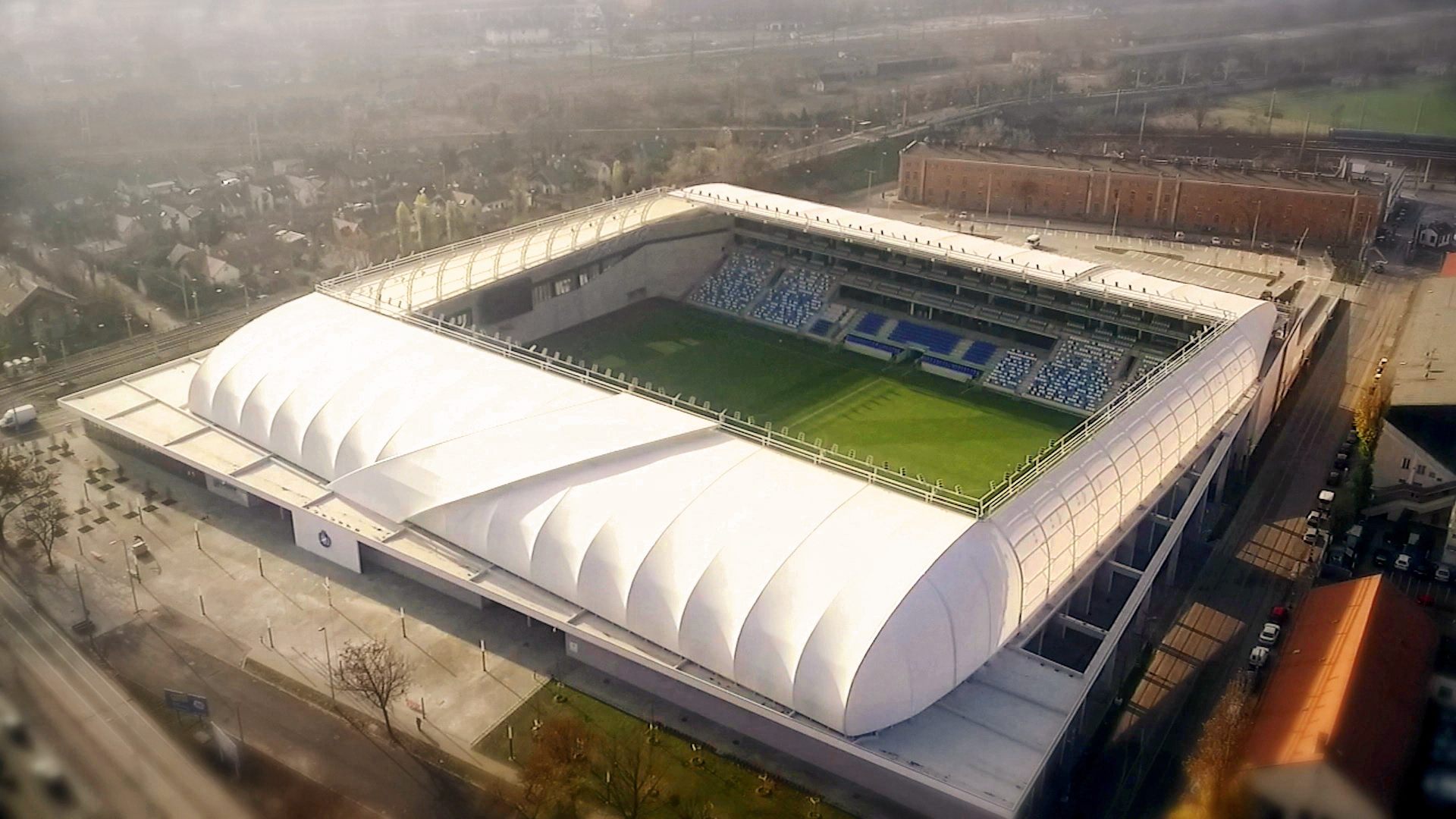
Hidegkuti Nándor Stadion
The brand new National Athletics Centre hosted the World Athletics Championships organized in Budapest in August 2023. The center was built on the eastern bank of the Danube River on the south side of the city. After the event the capacity of the stadium will be reduced from 35,000 to 15,000. The stadium was nice and access was easy.
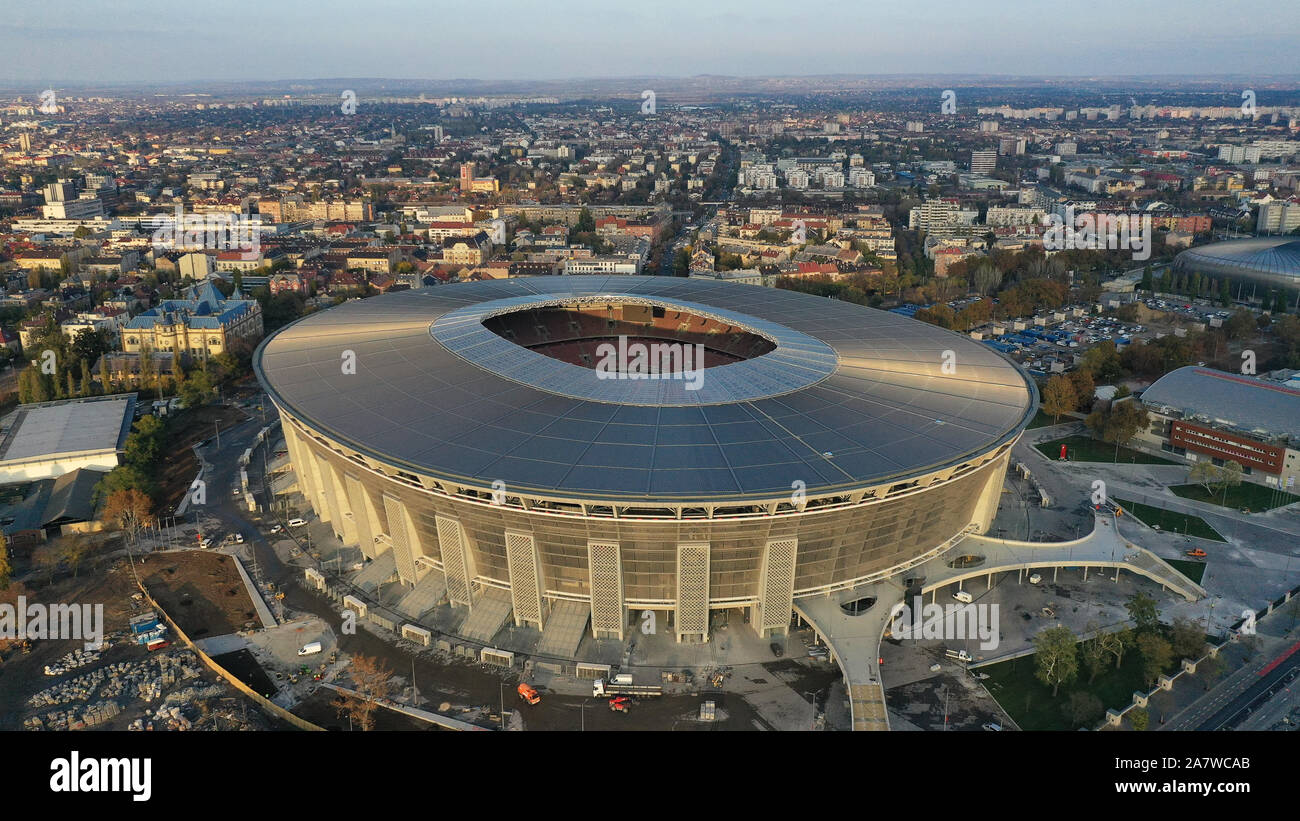
Aerial view of Puskas Arena football stadium in the 14th district of Budapest, Hungary Stock
History and description. Puskás Ferenc Stadion, previously known as Népstadion, was built to provide Hungary with a larger national stadium to replace the Üllői úti Stadion. Plans initially involved a 70,000-stadium, but this was later expanded to 100,000 places. Construction got approved in 1948, and works finished five years later.